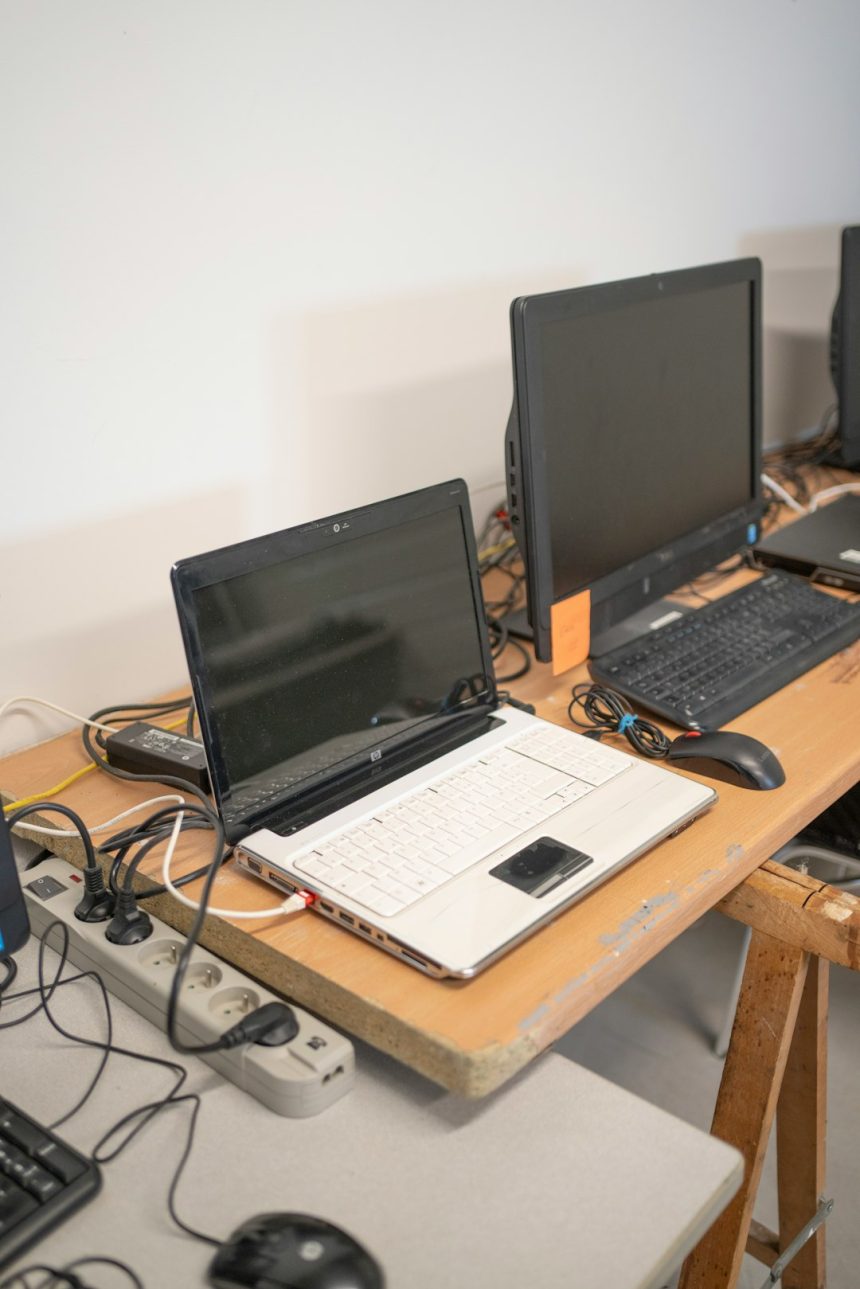In modern academic environments, hands-on learning has become an essential part of the educational process. Student labs in art, engineering, media production, and science disciplines offer exciting opportunities for students to interact with cutting-edge technology and professional-grade equipment. However, lending expensive, sometimes hazardous, equipment to students comes with serious risks. Universities and colleges are turning to legally sound liability waivers to protect both the institution and the students when engaging in equipment checkouts.
Understanding the Need for Liability Waivers
Imagine a student film crew borrowing high-definition cinema cameras worth tens of thousands of dollars. What happens if the equipment gets damaged, lost, or stolen? Or worse, what if a student gets injured trying to use lab machinery improperly? Liability waivers and checkout agreements exist to mitigate risk in these very scenarios.
Liability waivers are critical documents that outline the responsibilities and risks assumed by students when borrowing or using institutional equipment. These forms ensure that students understand the extent of their responsibility and agree not to hold the school liable in case of damage or injury due to negligence.

The Core Components of a Legally Sound Waiver
A waiver that truly holds up in a courtroom is not just any form with a signature. To be enforceable, it must follow certain legal and procedural guidelines. Here are the key components every solid liability waiver should include:
- Clear Language: Avoid legal jargon or vague terms. The waiver must clearly explain what the student is agreeing to.
- Assumption of Risk: State explicitly that the student understands the possible dangers and is voluntarily assuming these risks.
- Release of Liability: The student agrees to release the institution from liability in case of damage or injury, except in cases of gross negligence.
- Responsibility Clause: Clarify that the student is financially responsible for any repair or replacement costs for lost or damaged equipment.
- Signature and Date: Valid only when signed and dated by the student, and in some cases, a witness or institutional representative.
Digital Waivers vs Paper Forms
Universities are increasingly moving toward digital waiver systems for convenience and traceability. With digital forms, students can sign via secure platforms like DocuSign or Adobe Sign, allowing the institution an organized and secure method to manage records.
However, regardless of format, key principles still apply. The waiver must be:
- Accessible to the student before they sign
- Signed voluntarily with a full opportunity for review
- Retained in university records for reference and potential legal needs
Tailoring Waivers to Your Lab Environment
No two labs are alike. An engineering lab’s needs will differ dramatically from a media production center or a chemistry lab. Liability waivers should be customized to reflect the specific risks and types of equipment present in each environment. Here are some of the considerations based on lab types:
- Media Labs: Risks may include theft, accidental damage and improper use of high-tech audio/visual gear. Waivers should include training certification requirements before checkout.
- Engineering Labs: Heavy machinery presents physical safety concerns. Waivers need to detail proper use expectations and personal protective equipment requirements.
- Science Labs: Chemical exposure and contamination risks must be spelled out. Students should acknowledge lab safety protocols and training completions.

Educating Students on Responsibility
It’s not enough to have students sign a waiver and call it a day. Mitigating liability involves proactive education. Institutions should integrate a short orientation or online course accompanying the waiver, where students learn the “dos and don’ts” of equipment handling.
Here’s what a solid training session might include:
- Basic operation tutorials for frequently checked-out equipment
- Real stories or case studies of mishandling or accidents
- Simple guides on how to report problems or malfunctioning gear
- Quizzes or checklists to confirm understanding before a student is allowed to borrow items
This step not only reinforces safety and accountability, but it also strengthens the enforceability of the waiver by demonstrating proactive risk management.
Legal Challenges and How to Prepare
Even the most well-written waivers can be challenged in court, especially in cases involving minor students or when negligence is alleged. So how can institutions improve their odds if a waiver is scrutinized?
Legal experts recommend the following best practices:
- Transparency: Ensure that students are not coerced into signing and truly understand what they’re agreeing to.
- Parental Signatures: Waivers must be co-signed by a parent or legal guardian for minors under the age of 18.
- Routine Review: Legal language and effectiveness should be reviewed annually in consultation with the institution’s legal department.
- Incident Reports: Always document equipment issues, misuse, or injuries with detailed reports. This paper trail can be crucial in litigation.
Liability Insurance and Institutional Backup
While liability waivers are essential, they’re only one part of a larger safety net. Institutions should maintain robust insurance policies that cover general liability and property damage. These policies can act as a backstop in the event of damage or legal claims beyond what the student can cover or what the waiver protects against.
Schools may also consider creating an internal “equipment emergency fund” to cover interim repair or replacement costs while pursuing repayment from the responsible parties.
Tips for Implementing a Smart Checkout System
Incorporating waivers into a comprehensive, efficient equipment checkout system ensures smoother lab operations. Consider including the following features:
- Inventory Tracking Software: Use barcode or RFID systems to monitor equipment usage and return dates.
- Tiered Access: Only allow trained students to check out high-risk equipment. Create different clearance levels based on experience or course enrollment.
- Time-Limited Checkouts: Reduces loss and overuse, and encourages the timely return of borrowed items.
- Secure Storage: Set up protected areas for pickup and return, ideally monitored by CCTV or staff.
Conclusion: Building a Culture of Responsibility
With proper waivers, training, and risk management strategies, institutions can keep their student labs both accessible and safe. Fostering a culture of responsibility benefits everyone—students feel trusted and capable, and faculty can ensure educational continuity without compromising institutional assets.
At the end of the day, liability waivers are more than just legal shields; they’re tools for communication, clarity, and trust. When executed properly, they protect people as much as they protect equipment.
So whether you’re managing a robotics lab or a university camera pool, take the time to craft waivers that inform, protect, and hold up when it matters most.






